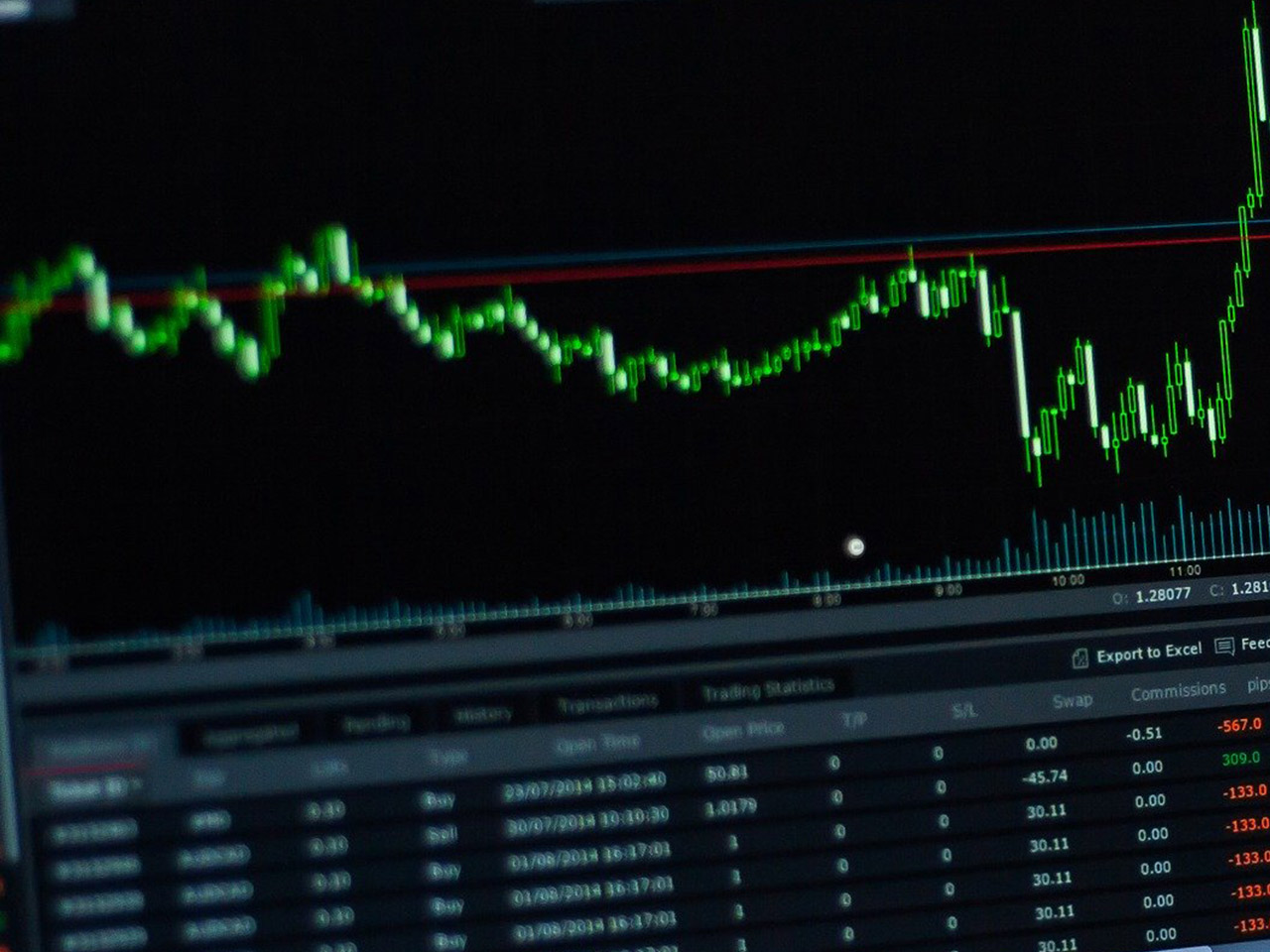HSBC Holdings PLC (LSE: HSBA.L) has long been a staple in the financial services sector, particularly known for its diversified banking operations that span the globe. With a rich history dating back to 1865, HSBC continues to provide a broad spectrum of banking and financial services, including wealth and personal banking, commercial banking, and global banking and markets. As investors consider their portfolios, HSBC’s current metrics present both challenges and opportunities.
**Current Valuation and Market Performance**
HSBC’s market capitalization of $170.1 billion places it among the giants in the financial sector. Currently priced at 964.3 GBp, the stock has experienced a minor dip of 0.03%, reflecting a price change of -24.80 GBp. Over the past year, HSBC’s stock has fluctuated between 675.40 GBp and 1,066.00 GBp, showcasing its potential volatility.
A key point of consideration for investors is the forward P/E ratio standing at a lofty 657.89, which suggests that the stock may be priced for significant future earnings growth, or perhaps reflects a discrepancy needing further analysis. The lack of available trailing P/E, PEG, and Price/Book ratios indicates a potential challenge in valuing the stock using traditional metrics. However, the stock’s performance should not be judged in isolation but alongside its projected growth and strategic initiatives.
**Performance Metrics and Dividends**
HSBC’s revenue growth has contracted by 11.00%, raising questions about the bank’s ability to adapt to the current economic climate. Despite this, the bank has managed a return on equity of 10.13%, signifying effective management and utilization of shareholder funds. With an EPS of 0.75, HSBC demonstrates its ability to generate earnings, albeit with room for improvement.
Dividend-seeking investors may find HSBC’s 5.17% yield particularly attractive, especially in an era of low interest rates. The payout ratio of 63.79% is reasonable, suggesting that the bank retains a portion of its earnings for reinvestment while providing a stable return to shareholders. This balance between dividend distribution and financial reinvestment is essential for long-term sustainability.
**Analyst Ratings and Price Targets**
The sentiment among analysts appears mixed with 5 buy ratings and 11 hold ratings, and notably, no sell ratings. The target price range is set between 796.37 GBp and 1,133.53 GBp, with an average target of 999.04 GBp. This suggests a potential upside of 3.60%, a moderate but positive expectation for investors considering the stock’s current valuation.
**Technical Analysis and Market Sentiment**
From a technical standpoint, HSBC’s 50-day moving average of 992.58 GBp and 200-day moving average of 897.57 GBp indicate the stock is currently trading below its short-term average but above its long-term average, often a sign of a potential upward trend. The RSI of 56.93 suggests that the stock is neither overbought nor oversold, presenting a neutral market sentiment. Meanwhile, the MACD of -3.71 and the signal line at 7.24 call for cautious optimism, highlighting potential further analysis for trend confirmation.
**Conclusion**
HSBC Holdings PLC remains a formidable player in the global banking arena with its extensive service offerings and robust market presence. While challenges such as revenue contraction and a high forward P/E ratio pose questions, the bank’s strong dividend yield, positive analyst outlook, and solid return on equity provide a compelling case for investors. As always, individuals should consider their risk tolerance and investment goals, keeping a close eye on HSBC’s strategic initiatives and market movements as they navigate their investment decisions.





































